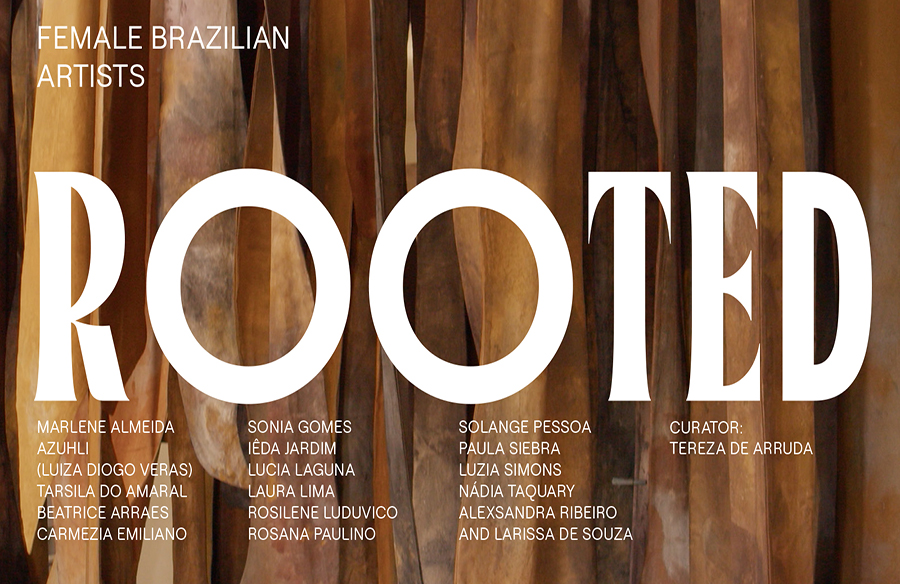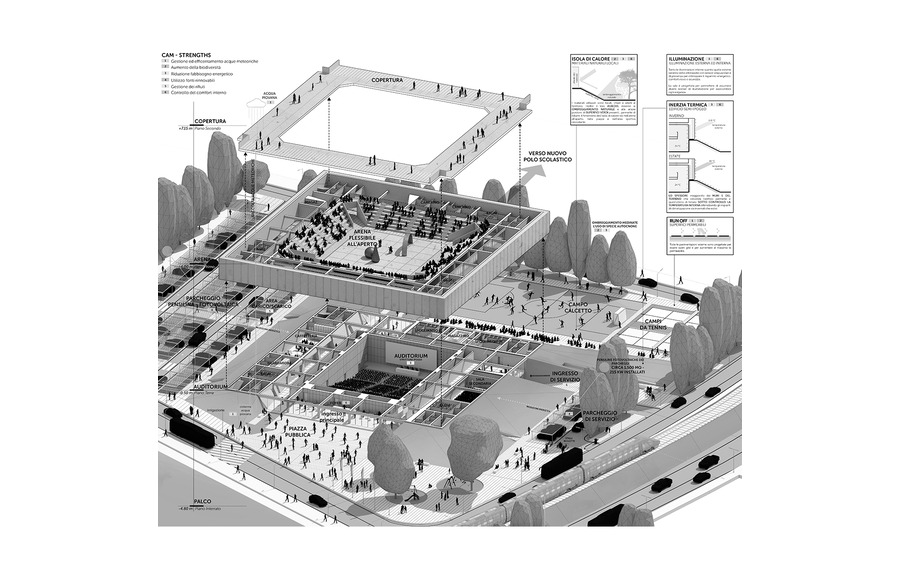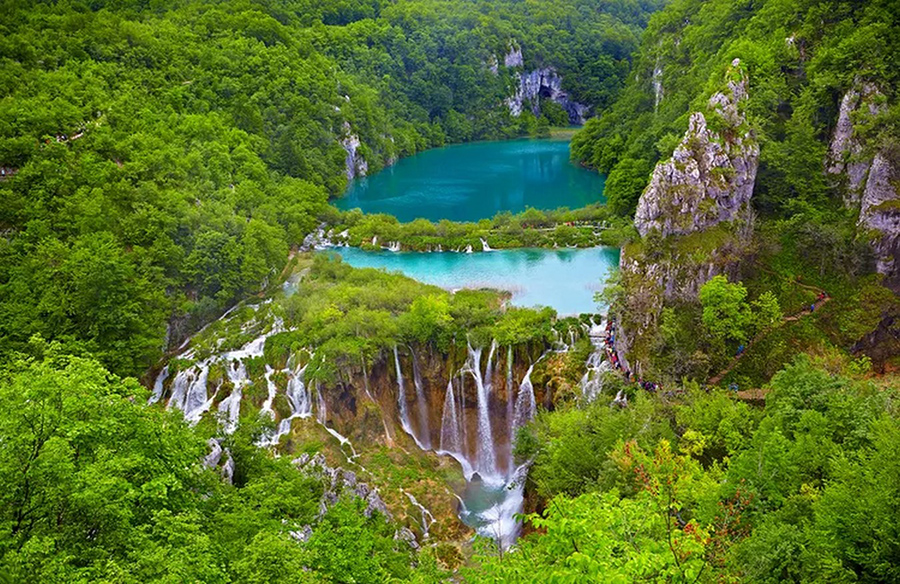Understanding Different Forms of Ice

Ice isn’t just a winter phenomenon; it’s a critical component of Earth’s climate system, with various forms playing distinct roles in shaping our environment.
Glaciers
Glaciers are massive accumulations of ice formed over centuries from compressed snow. They move under their weight, albeit at a snail’s pace, flowing like slow rivers. While they were once widespread during the last ice age, today, glaciers are found in regions with high snowfall and cool temperatures. Apart from being tourist attractions, they serve as vital freshwater resources, feeding streams and lakes and providing drinking water in arid regions.
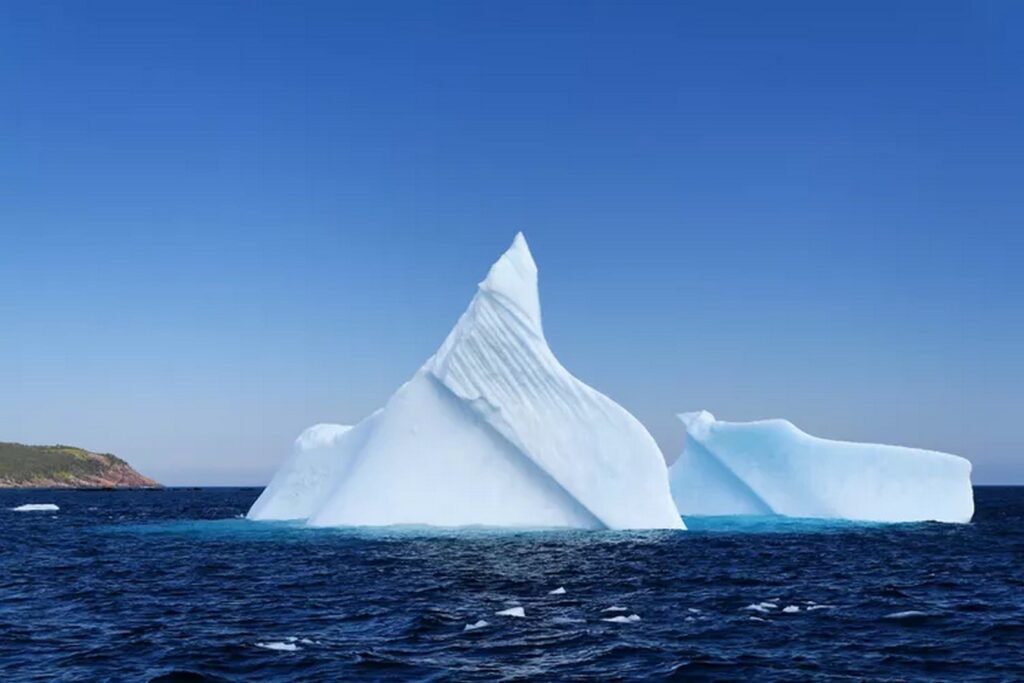
Ice Sheets
Ice sheets are expanses of glacial ice covering land areas larger than 20,000 square miles. They form over thousands of years from layers of snow and ice. The Greenland and Antarctic Ice Sheets are the only remaining ones, holding 99% of Earth’s freshwater ice. They also act as carbon sinks, storing vast amounts of carbon dioxide and methane, thereby mitigating global warming.
Sea Ice
Sea ice, unlike glaciers and ice sheets, forms, grows, and melts in the ocean. It undergoes seasonal changes, expanding in winter and shrinking in summer. Apart from being crucial habitats for arctic wildlife, sea ice helps regulate the planet’s climate by reflecting sunlight back into space, thus keeping polar regions cool.
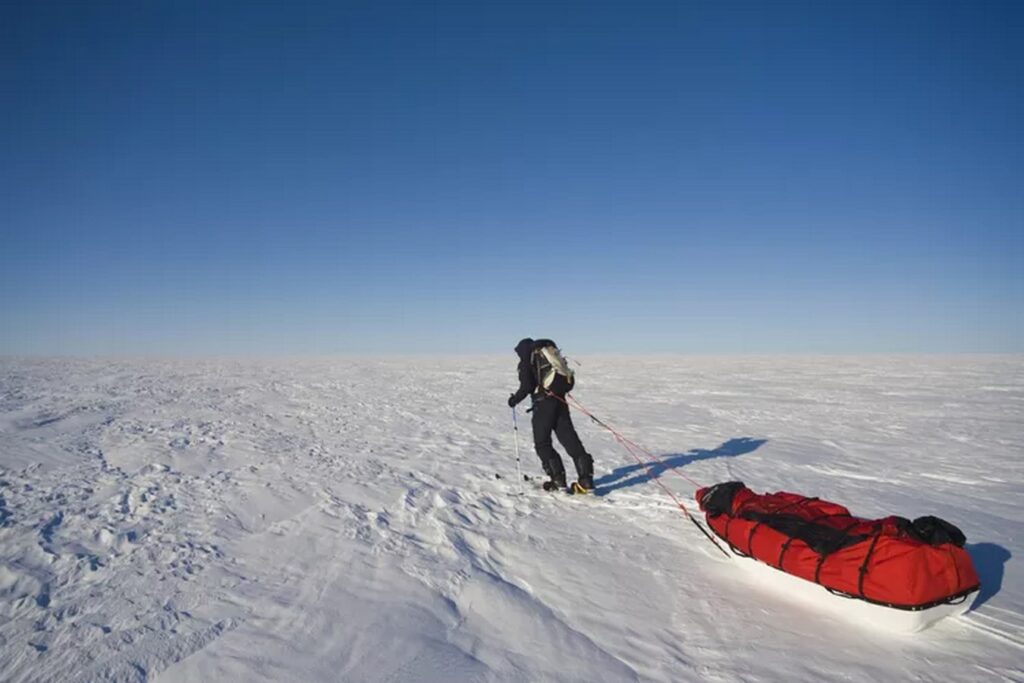
Icebergs
Icebergs are chunks of ice that break off from glaciers or ice shelves and float in open water. They are predominantly composed of compacted snow accumulated over time. While only a fraction is visible above water, the bulk lies beneath. Icebergs eventually melt in the ocean.
Impact of Climate Change
Global warming is causing a significant retreat of ice worldwide. Glaciers are losing mass rapidly, with Antarctica and Greenland Ice Sheets also experiencing substantial losses. The reduction in ice cover contributes to warming through the “ice-albedo feedback loop,” where darker surfaces absorb more heat, further accelerating melting. Moreover, melting ice leads to sea-level rise, threatening coastal areas, and disrupts ocean currents like the AMOC, with implications for global climate patterns.










